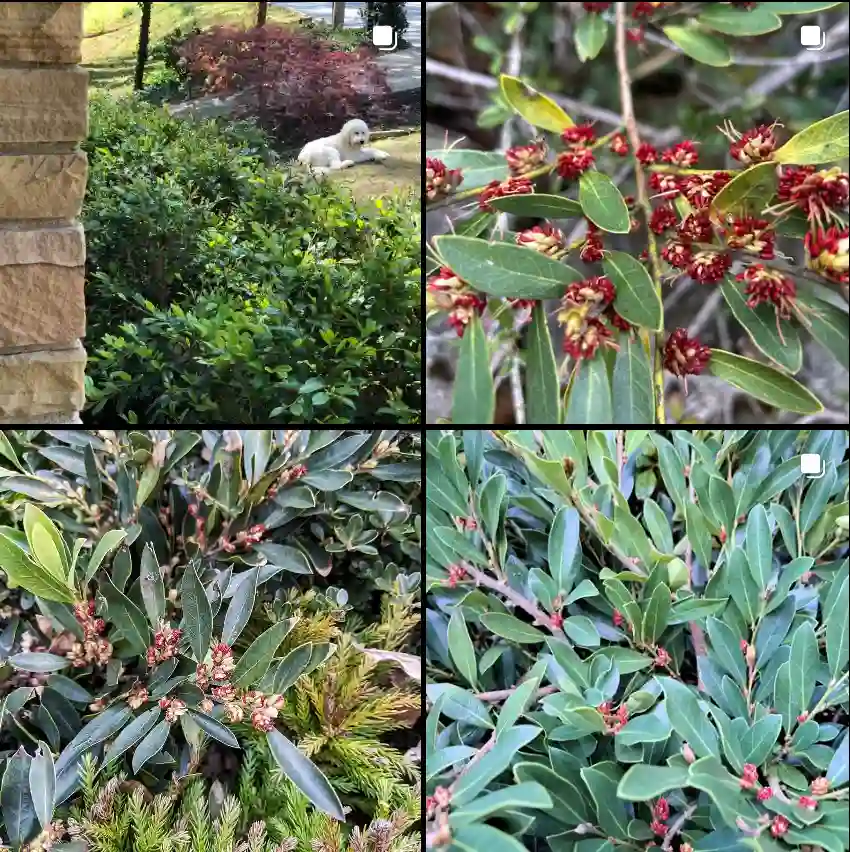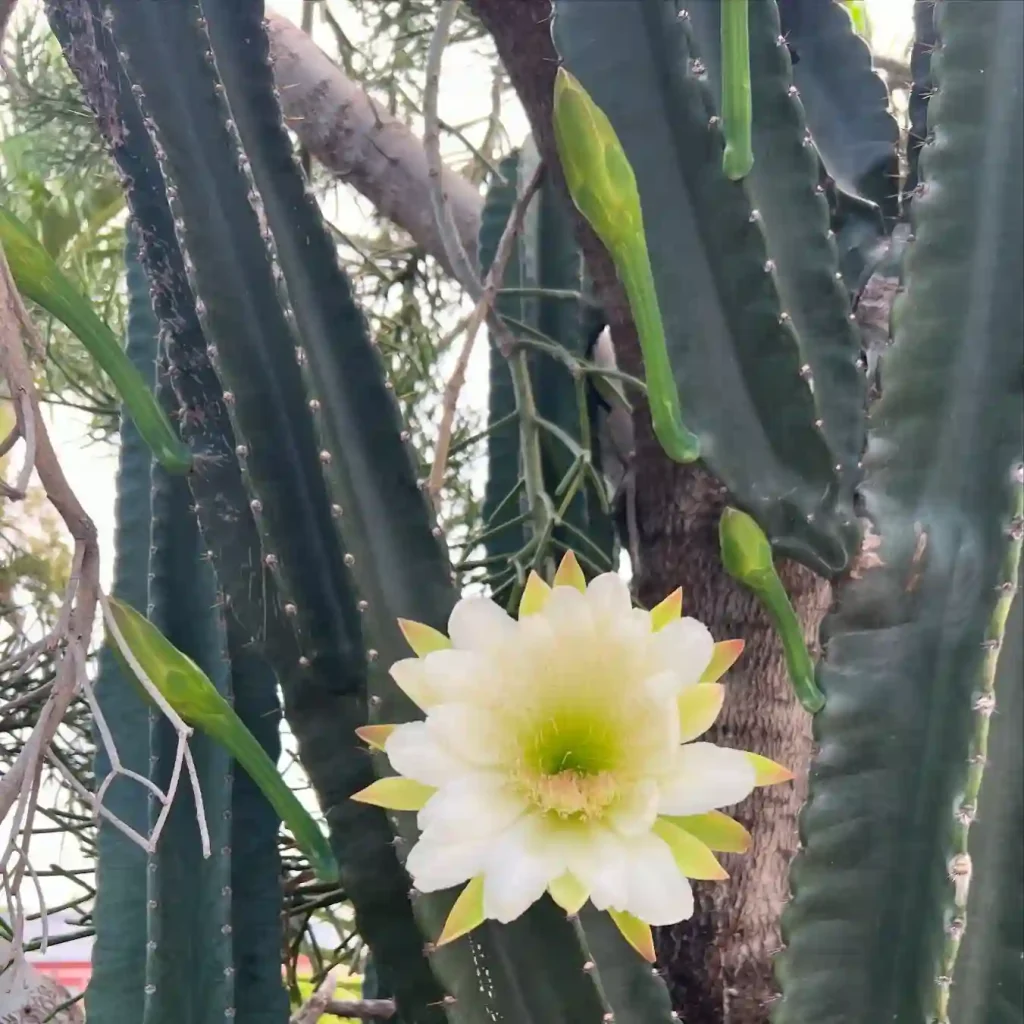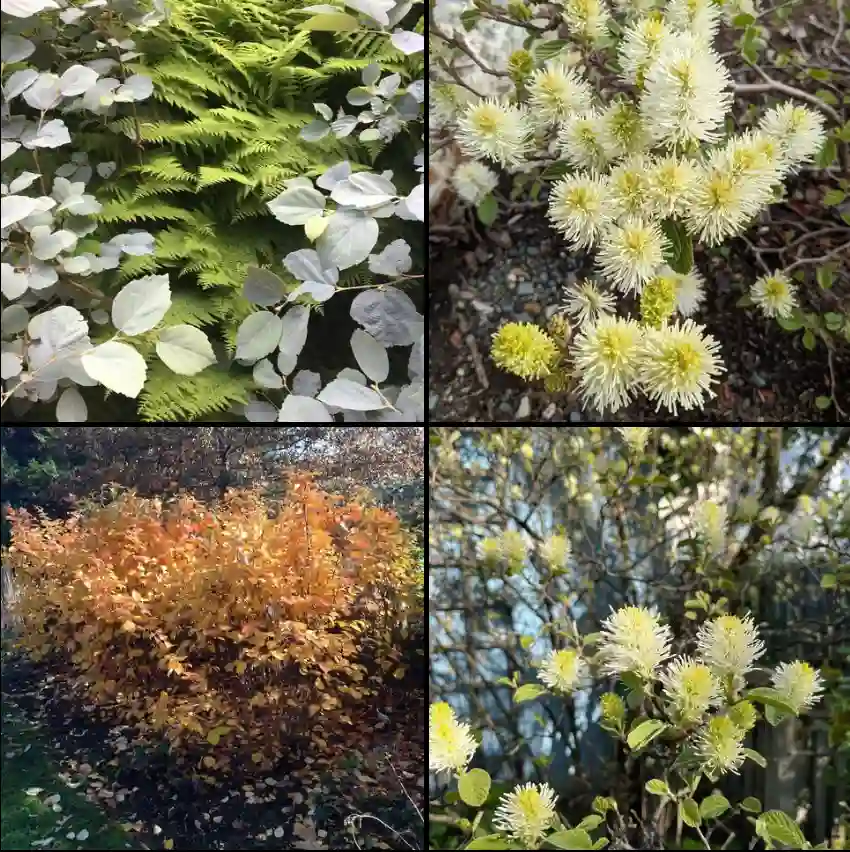My Fascination with the Itea Genus
I’ve always been drawn to the subtle beauty of the Itea genus. These shrubs, often overlooked in favor of flashier blooms, possess a quiet elegance that I find captivating. Their delicate flowers, arranged in graceful racemes, and their vibrant autumn foliage make them a welcome addition to any garden. I first encountered an Itea, specifically Itea virginica, in a local park. Its fragrant white flowers, cascading like a waterfall, immediately caught my eye. I was mesmerized by its simple beauty and knew I had to learn more.
A Diverse and Global Family
The Itea genus, part of the Iteaceae family, comprises around 20 species of deciduous and evergreen shrubs and small trees. These plants are primarily found in East Asia, with a few species native to North America. They thrive in a variety of habitats, from woodlands and stream banks to mountainous regions.
Here are some of the notable species within the Itea genus:
- Itea virginica (Virginia sweetspire): Commonly called Virginia Sweetspire, Itea virginica is a deciduous shrub native to the eastern United States, known for its graceful arching branches and cascading white flowers that bloom in early summer. The plant’s fragrant, bottlebrush-like flowers attract pollinators, while its dark green leaves turn striking shades of red, orange, and purple in the fall. Tolerant of wet soils, it’s often found along streams or in moist woodland areas, making it a versatile choice for rain gardens or naturalized landscapes where it provides seasonal interest and wildlife habitat.
- Itea japonica (Japanese sweetspire): This species, native to Japan, is similar to Itea virginica but with slightly smaller flowers and leaves.
- Itea ilicifolia (Holly-leaved sweetspire): Known as Holly-leaved Sweetspire, Itea ilicifolia is an evergreen shrub originating from China, recognized for its long, pendulous clusters of fragrant, pale green to white flowers that appear in late summer. The shrub’s leaves resemble those of holly, with a glossy, deep green hue and serrated edges, adding unique texture to garden settings. It grows well in partial shade and is a favorite in sheltered spots for its exotic appeal and fragrant blooms. With moderate growth and elegant, cascading flowers, Itea ilicifolia brings a tropical feel to temperate gardens and is popular for creating a lush, woodland-inspired landscape.
- Itea yunnanensis (Yunnan sweetspire): This deciduous shrub, native to China, boasts long, drooping racemes of white flowers and attractive fall foliage.
- Itea amoena Chun
- Itea chinensis Hook. & Arn.
- Itea coriacea Y.C.Wu
- Itea glutinosa Hand.-Mazz.
- Itea indochinensis Merr.
- Itea kiukiangensis C.C.Huang & S.C.Huang
- Itea kwangsiensis H.T.Chang
- Itea macrophylla Wall.
- Itea maesifolia Elmer
- Itea nutans Royle
- Itea oldhamii C.K.Schneid.
- Itea omeiensis C.K.Schneid.
- Itea parviflora Hemsl.
- Itea rhamnoides (Harv.) Kubitzki
- Itea riparia Collett & Hemsl.
- Itea yangchunensis S.Y.Jin
Cultivating Itea: A Rewarding Endeavor
One of the things I appreciate most about Itea is its adaptability and ease of cultivation. These plants are generally low-maintenance and can tolerate a range of growing conditions. They prefer moist, well-drained soil and partial shade, but can also adapt to full sun or full shade.
I’ve found that Itea plants are relatively pest and disease-free, making them a great choice for gardeners of all skill levels. They are also fairly drought-tolerant once established, which is a bonus in my region.
The Allure of Sweetspire
The common name for Itea, “sweetspire,” is a fitting descriptor. The flowers, borne in pendulous racemes, emit a delicate, sweet fragrance that perfumes the air. The blooms attract pollinators like bees and butterflies, adding to the garden’s biodiversity.
But the beauty of Itea extends beyond its flowering period. In autumn, the leaves transform into a tapestry of vibrant hues, ranging from fiery red and orange to golden yellow and deep purple. This striking fall foliage provides a stunning display that lasts for weeks.
Why I Champion Itea
I believe that Itea deserves a more prominent place in our gardens. Its understated elegance, adaptability, and ecological benefits make it a valuable asset to any landscape. Whether used as a specimen plant, in a mixed border, or as a mass planting, Itea is sure to enhance the beauty of its surroundings.
I encourage fellow garden enthusiasts to explore the diverse world of Itea and discover its unique charm for themselves. These understated shrubs offer a wealth of beauty and resilience, making them a rewarding addition to any garden.
If i die, water my plants!



